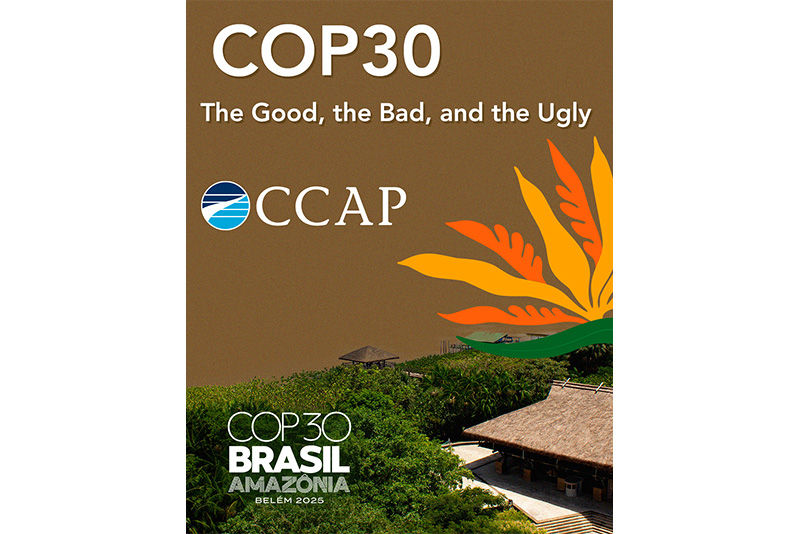CCAP Continues Work to Reduce Methane Emissions in the Mexican Oil and Gas Sector
- Stacey Davis
- Aug 16, 2017
- 2 min read
As part of the oil and gas regulatory support project, CCAP and the Clean Air Task Force (CATF) organized a workshop on Regulatory Measures to Control and Reduce Methane Emissions in the Mexican Oil and Gas Sector in Mexico on August 9th, 2017. This is the third workshop within the project, following one held in September 2016 and one in May 2017.
In the face of the uncertainty after the US Administration’s roll back of several environmental targets and regulations, the Mexican Government has reiterated its plans to comply with the previously set regional target of reducing methane emissions from the oil and gas sector by 40-45% by 2025. The Mexican Government is now looking for cost-effective regulatory solutions to mitigate these emissions that can ensure best practices in hydrocarbon extraction and achieving the country’s climate mitigation goals.
The workshop, which featured CCAP, CATF and international experts from Environment and Climate Change Canada (ECCC), the California Air Resources Board (CARB) and a former advisor of the US Bureau of Land Management, focused on regulatory measures for flaring/venting and Leak Detection and Repair (LDAR) programs. The workshop was structured as a working session to address specific concerns that the team developing the new methane reduction regulation at the National Agency for Security, Energy and Environment Agency (ASEA) is facing as they begin drafting the rules. The workshop also enjoyed participation from the representatives of the Mexican Energy Ministry (SENER), the Environment Ministry (SEMARNAT) and the Institute of Ecology and Climate Change (INECC).

Mexican officials were very engaged as they heard about the experiences of their peers regarding flaring/venting practices and learned more about leak detection and repair programs from other countries or jurisdictions. This workshop was an opportunity for all participants to learn from one another.
A presentation from Alexandra Teitz, former advisor for the US Bureau of Land Management, set the stage for the workshop by presenting the US experience in factors driving gas flaring, technological solutions to flaring, regulatory approaches, rulemaking process and the challenges regulating flaring. David McCabe from the CATF explained in detail many different sources of vented emissions as well as several options to reduce them.
Jim Nyarady, an expert from the California Air Resources Board, talked about the California experience with LDAR programs, focusing on the regulation development process and previous experience regulating air quality, and also touched upon California’s approach to addressing flaring and vented emissions. Roopa Ganapathy, from Environment and Climate Change Canada, shared ECCC’s experience developing LDAR programs and the challenges they expect with their enforcement.
CCAP will continue supporting the Mexican government towards its goal of defining a regulatory approach that will work in the domestic context. We will continue providing ASEA specific feedback on issues they encounter along the regulatory pathway, possibly connecting them with international experts that have dealt with similar challenges.





شيخ روحاني
رقم شيخ روحاني
الشيخ الروحاني
الشيخ الروحاني
شيخ روحاني سعودي
رقم شيخ روحاني
شيخ روحاني مضمون
Berlinintim
Berlin Intim
جلب الحبيب
https://www.eljnoub.com/
https://hurenberlin.com/